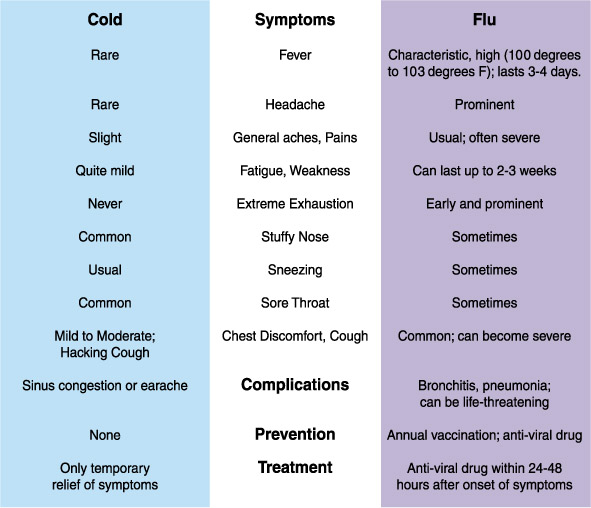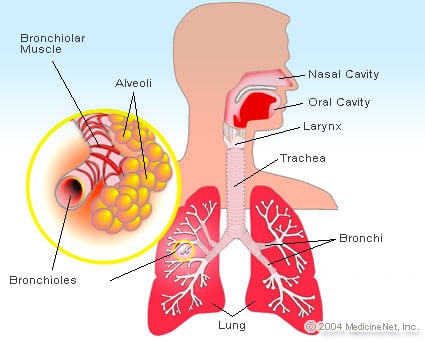
When it comes to cold and flu remedies for kids, there are a number of options. Home remedies for stuffy nose can include gargling with salt water, Nasal saline drops, Vitamin C, and avoiding cigarette smoke. A doctor may be needed if the symptoms do not disappear after three days. A child's lifestyle can play a role in triggering symptoms such as a cold or flu.
Home remedies for a stuffy nostril
A home remedy for cold or flu for kids is a great option for children suffering from stuffy noses. You can give your child an over-the–counter cough medicine but this is not recommended for young children. Drying their nasal passages can make it worse. Encourage your child to drink lots of water to maintain nasal tissue moisture. You can also make 100% strawberry popsicles, or buy them in the grocery. Your child may enjoy these more than water, so you should be sure to avoid products with caffeine.
Gargling with saltwater
Salt water gargling is a practice that has been used for hundreds of years. A study of 400 people found that people who gargled with salt water had forty percent fewer upper respiratory tract infections. Gargling with saline removes fluid from the inflamed throat tissues. This loosens mucus, and flushes other irritants. The Mayo Clinic recommends gargling salt water for about three seconds.

Nasal saline drops
Children with common cold or respiratory infections may feel congestion in their noses. This congestion can be relieved with nasal saline sprays or drops. These remedies can reduce swelling and thin the mucus, which can make breathing easier for children. They are safe for infants and children, as they don't contain any medication. Read on to learn how to apply these drops to your child's nose.
Vitamin C
Vitamin C has long been promoted as a remedy for common colds, but currently there is little evidence to support it as a therapeutic treatment. Although a preventive dose of vitamin C may be beneficial in reducing symptoms such as the common cold, its benefits for children aren't clear. It is necessary to research the optimal dosage and timing of supplementation. Children are more likely to experience the benefits of prophylactic vitamin A than children who receive therapeutic doses.
Echinacea
Echinacea is a great choice for parents looking for natural flu and cold remedies for their children. Coneflower, also known as coneflower, is a perennial flowering shrub with brightly colored petals and a spiky, purple-colored seed head. There are many varieties of Echinacea. Their medicinal properties can differ. The complex mixture of active components in this herb includes phenols. These compounds control enzymes.

FAQ
Is it possible to have a weak immune system due to being cold?
It's been said that there are two kinds of people in the world; those who love winter and those who hate it. You may wonder why you feel so bad when it's cold, regardless of whether you love it or hate it.
The answer lies in the fact that our bodies are designed to function best during warm weather. Because of this, our bodies evolved to thrive and survive in hot climates.
Now, however, we live in a completely different environment to how our ancestors lived. We spend a lot more time indoors, and are often exposed at extreme temperatures (cold and hot), and we eat processed foods over fresh.
Our bodies aren’t accustomed to such extremes. So, when we do venture outside, we often feel exhausted, sluggish, or even sick.
There are many ways to avoid these side effects. One way is to make sure that you stay well-hydrated throughout the day. Water is essential for your body to function properly and eliminate toxins.
A healthy diet is another important thing. Consuming healthy food helps maintain your body's optimal temperature. This is especially helpful for people who spend a lot of time indoors.
Consider taking a few moments each morning to meditate. Meditation helps you relax your mind and body, which makes it easier to deal with stress and illness.
What is the best diet for me?
Your lifestyle and individual needs will determine the best diet for your body. You also need to consider how much energy you expend during exercise, whether you prefer low-calorie foods, and if you enjoy eating fruits and vegetables.
Intermittent fasting might be an option for you if your goal is to lose weight. Intermittent fasting allows you to consume only certain meals per day, instead of eating three large meals. You may find that this method works better for you than traditional diets that include daily calorie counts.
Studies have shown that intermittent fasting can improve insulin sensitivity and decrease inflammation. This could lead to improved blood sugar levels, and a lower risk of developing diabetes. Intermittent fasting has been shown to promote fat loss as well as improve overall body composition.
Exercise: Is it good or bad for immunity?
Exercise is good to your immune system. When you exercise, your body produces white blood cells which fight off infections. Your body also removes toxins. Exercise helps to prevent heart disease and cancer. Exercise can help reduce stress.
Exercising too frequently can make your immune system weaker. When you exercise too hard, your muscles will become sore. This can cause inflammation as well as swelling. In order to fight infection, your body must produce more antibodies. These extra antibodies can lead to allergies or autoimmune disorders.
So, don't overdo it!
Statistics
- The Dietary Guidelines for Americans recommend keeping added sugar intake below 10% of your daily calorie intake, while the World Health Organization recommends slashing added sugars to 5% or less of your daily calories for optimal health (59Trusted (healthline.com)
- Extra virgin olive oil may benefit heart health, as people who consume it have a lower risk for dying from heart attacks and strokes according to some evidence (57Trusted Source (healthline.com)
- According to the Physical Activity Guidelines for Americans, we should strive for at least 150 minutes of moderate intensity activity each week (54Trusted Source Smoking, harmful use of drugs, and alcohol abuse can all seriously negatively affect your health. (healthline.com)
- WHO recommends consuming less than 5% of total energy intake for additional health benefits. (who.int)
External Links
How To
What does "vitamin" actually mean?
Vitamins are organic substances found naturally in food. Vitamins help us absorb nutrients from foods we eat. The body cannot make vitamins; therefore, they must be obtained from food.
There are two types if vitamins: water soluble, and fat soluble. Water-soluble vitamins dissolve easily when they are dissolved in water. Some examples include vitamin C,B1 and B2 vitamins (thiamine), B2 and riboflavin, B3 and B6 vitamins (niacin), folic acids, biotin, pantothenic acids, and cholesterol. The liver and fat soluble vitamins are stored within the liver and in fatty tissue. Some examples include vitamin D and E, K, A and beta carotene.
Vitamins can be classified according to biological activity. There are eight major categories of vitamins.
-
A - essential for normal growth and maintenance of health.
-
C – essential for proper nerve function.
-
D - Vital for healthy bones and teeth
-
E is necessary for good vision, reproduction.
-
K - Essential for healthy muscles and nerves.
-
P - Essential for strong bones and teeth.
-
Q – aids digestion of iron and iron absorption
-
R - Required for red blood cell production
The recommended daily allowance (RDA) of vitamins varies depending on age, gender, and physical condition. The U.S. Food and Drug Administration (FDA) sets the RDA values.
For adults over 19 years, the RDA is 400 mg per day for vitamin A. However, pregnant women need 600 micrograms per day because it is important for fetal development. Children ages 1-8 require 900 micrograms per day. Infants below one year old require 700mg per day. But, between 9 months to 12 months, the amount drops to 500mg per day.
Children aged between 1-18 years require 800 micrograms of sugar per day, while overweight children need 1000 micrograms. Children who are underweight receive 1200 micrograms every day to meet their nutritional requirements.
Children between 4 and 8 years old with anemia will need 2200 micrograms daily of vitamin C.
2000 micrograms per person is necessary for general health. Breastfeeding or pregnant women require 3000 micrograms per daily due to higher nutrient demands.
1500 micrograms are required daily by adults over 70 because they lose approximately 10% of their muscle each decade.
Women who are pregnant or lactating need more than the RDA. Pregnant women need 4000 micrograms per dayduring pregnancy and 2500 micrograms per day after delivery. Breastfeeding mothers need to consume 5000 micrograms every day when breastmilk has been produced.